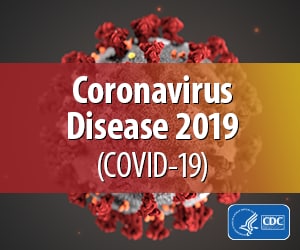About the PHHS Block Grant Program
The Preventive Health and Health Services (PHHS) Block Grant Program allows the 50 states, the District of Columbia, 2 American Indian tribes, 5 US territories, and 3 freely associated states to address their own unique public health needs and challenges with innovative and community-driven methods.
The PHHS Block Grant Program allows states, territories, and tribes to—
- Address emerging health issues and gaps
- Decrease premature death and disabilities by focusing on the leading preventable risk factors
- Work to achieve health equity and eliminate health disparities by addressing the social determinants of health
- Support local programs to achieve healthy communities
- Establish data and surveillance systems to monitor the health status of targeted populations
To achieve these goals, the PHHS Block Grant Program supports and targets—
- Clinical services
- Preventive screenings and services
- Outbreak control
- Workforce training
- Program evaluation
- Public education
- Data surveillance
- Chronic disease
- Injury and violence prevention
- Infectious disease
- Environmental health
- Community fluoridation
- Tobacco prevention
- Emergency medical response
Success is achieved by—
- Using evidence-based methods and interventions
- Reducing risk factors, such as poor nutritional choices, smoking, and the lack of physical activity
- Establishing policy, social, and environmental changes
- Leveraging other funds
- Continuing to monitor and re-evaluate funded programs
History of the PHHS Block Grant Program
The Omnibus Budget Reconciliation Act of 1981 (Public Law 97-35) authorized a series of health and social services block grants to states to carry out programs that were previously authorized separately. The final version was signed into law on August 13, 1981, amending the Public Health Service Act to create the PHHS Block Grant Program. The PHHS Block Grant is a mandatory grant given to 61 recipients (all 50 states, the District of Columbia, 2 American Indian tribes, 5 US territories, and 3 freely associated states) by Congress annually.
The original legislation combined several previously categorical grants covering emergency medical services, hypertension, home health services, health education and risk reduction, urban rodent control, and community water fluoridation into the PHHS Block Grant.
On October 27, 1992, Public Law 102-531 established a number of significant changes to Section 1905 of the PHHS Block Grant. The new legislation mandated that the PHHS Block Grant be solely devoted to the nation’s health objectives as outlined by the Healthy People initiative. The grant required the states to submit a state health plan with selected health outcome objectives, descriptions of the health problems, identified target and disparate populations, and activities to be addressed.
During fiscal year 1996, Public Law 102-531 was amended by adding a new Section 1910A use of allotments for rape prevention and education. This amendment authorized additional monies for rape prevention and education programs with 25% of the monies targeted to middle, junior, and high school students for education programs.
On October 28, 2000, Public Law 102-531 was amended by repealing Section 1910A from the PHHS Block Grant. This amendment became Public Law 106-386 and authorized monies for rape prevention and education programs to be administered through CDC’s National Center for Injury Prevention and Control.
